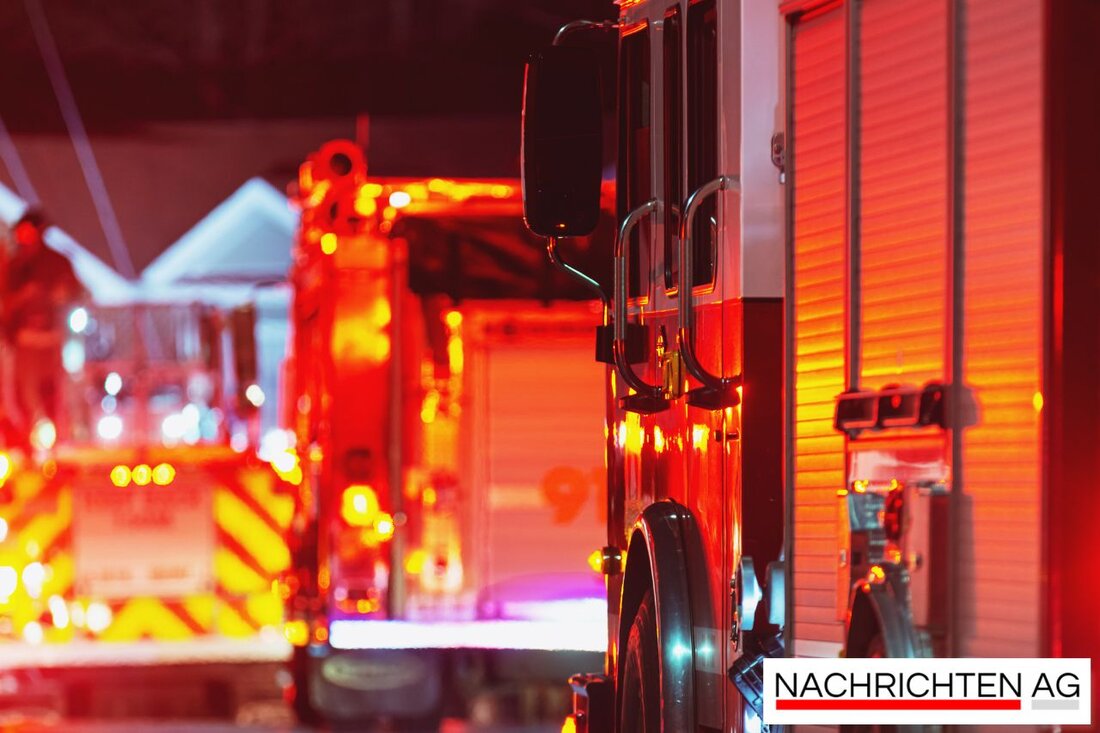Held the air: Fire brigade saves young tower falcons in Nossen!

Held the air: Fire brigade saves young tower falcons in Nossen!
A remarkable rescue mission took place last Saturday in the Heynitz district of Nossen when a young animal of the tower falcon was in need at the snowfea of a church. An attentive residents noticed the missed bird and immediately informed the head of the local fire brigade, Marcel Langenbacher. His absence was compensated for by the quick use of his deputy Pascal Wolf, who initiated the rescue operation.
A short time later,eleven fire brigade comrades moved out to help the young tower falcon. The bird's signs of life were found, which made a fire service justified. After the primary care in the Lantzsch veterinary clinic in Nossen, it was decided to bring the seriously injured animal to the wildlife cup of fishing station in Dresden, where it would receive the necessary attention and care.
a home for the little robber
In the wildlife cup station, Emilio Haring confirmed that the tower falcon is doing well. The bird is estimated to be two to three weeks old and eats well. Nevertheless, he will probably have to stay in the recording station for two months before it can be released into freedom. Tower falcons usually fly after four to four and a half weeks, but they need longer in the sanctuary to learn the ability to find food independently. Especially during the breeding season from May to August, the employees take care of many bird babies that have to be fed every 15 to 20 minutes, which makes working in the station quite challenging.
The wildlife sanctuary is not only a retreat for injured birds, but also a place of learning. Many people have the opportunity to observe the rearing of tower falcons, especially during the feeding phase, which can be documented fascinating by personal observations. Nature and landscape photographers get their money's worth here when they capture the exciting moments of feeding, as has been observed, for example, when feeding a pair of tower.
Further information about the wildlife catchment stations in Germany, including those in Dresden, can be found on the website of Wildvogelhilfe . There are the locations and contact information, which can be useful for a possible visit or a fundraiser.
The history of the saved tower feast is a wonderful example of the successful interaction of the community and the important work of zookeepers and fire brigade, who do everything possible to protect and maintain the life of these little birds.
| Details | |
|---|---|
| Ort | Heynitz, Deutschland |
| Quellen | |
